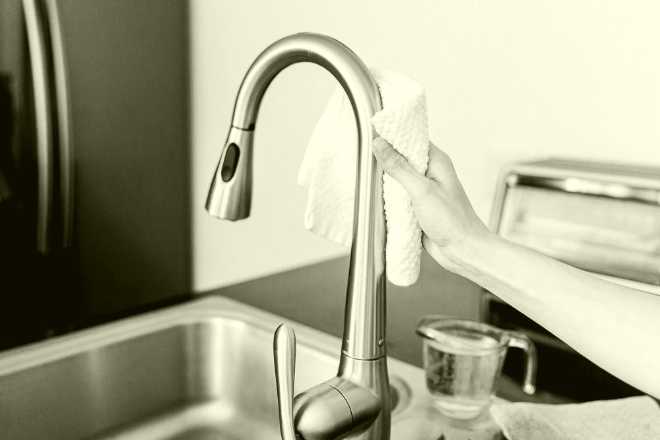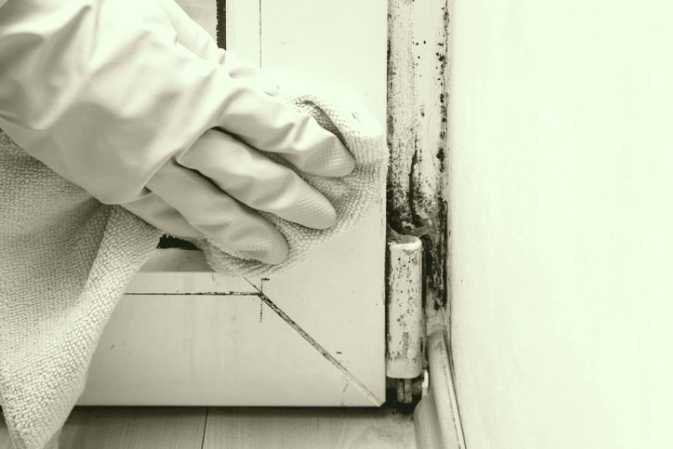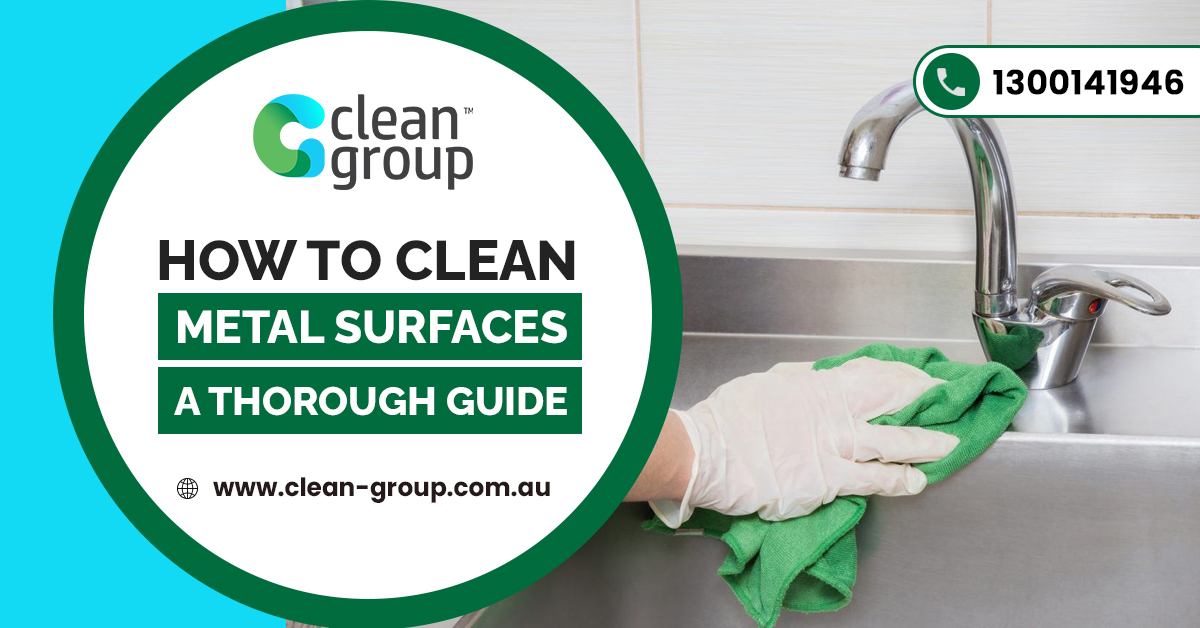From jewellery and cutlery to entire surfaces, metal is an inseparable part of our lives due to its many properties. Unfortunately, metals lose their lustre and beauty if they are not properly cleaned.
We frequently clean metals as if they were any other object. However, they take a lot of elbow grease to keep clean. Of course, you can use any of the specialized metal cleaners that can be found on practically any store’s shelves. However, because many of these metal cleaners are highly hazardous, they may not be an ideal option for everyone.
You’ll need some help to deep clean metal. That’s why we talked to our experts in the area about the best DIY solutions for cleaning the various types of metals in your home.
There is no one-size-fits-all solution for cleaning all metals. Some metal surfaces are more delicate, while others can withstand a lot of pressure. It’s helpful to know what kind of metal you’re cleaning. Otherwise, you risk leaving scratches and swirl patterns on the metal’s surface.
Remember that if the metal is highly tarnished, you’ll require professional help. Sometimes, a do-it-yourself project isn’t enough.
How to Clean Stainless Steel

Because stainless steel is a durable and easy-to-clean metal, it was first used in hospitals. Therefore, it’s no wonder that it’s also found its way into our homes.
Stainless steel does not imply that it is impervious to corrosion. If grime is left on it for long enough, it will eat away at the protective layer of chromium oxide, causing the metal to corrode.
Using hot water and a soft, clean cotton cloth to wipe stainless steel is the easiest and most economical way to clean it. Stainless steel is quite easy to keep clean due to its natural qualities.
Another option is to soak it in soapy water for a few minutes before scrubbing it off with a gentle sponge. Note that steel wool should not be used since it can damage the stainless steel’s protective chromium oxide layer.
Alcohol can also be used to dissolve grease. Rub the oily patches with rubbing alcohol on a soft dry cloth until they are gone. To recover the metal’s natural shine, always dry it after you’ve finished cleaning it.
Baking soda and water can also be used to remove stubborn stains. Make a paste with it and use it to remove the stain. Keep in mind that, like salt, baking soda can be harsh and damage the metal.
Before applying this paste on the entire surface, it’s a good idea to practice on a hidden area. After that, rinse with clean water to remove any remaining baking soda and dry it with a soft cloth.
How to Clean Chrome
This metal is shiny, yet it’s also fairly soft. It’s used for decorative purposes, as well as various typical household objects like faucets, pots, and pans. The truth is, these aren’t fully composed of chrome; instead, they have a chrome layer added to them as a finishing touch.
Chrome, despite its softness, is highly resistant to high temperatures. It’s also prone to stains and clouds, which is why it’s important to know how to clean it without ruining it, as cleaning it differs from cleaning other metals.
The most important aspect of cleaning chrome is to prevent it from becoming dirty in the first place. As previously said, chrome is a soft metal that requires more effort to clean the dirtier it becomes.
Consequently, the chrome surface is more likely to be harmed during the cleaning process. Wash your chrome surfaces as soon as you notice them becoming dirty. Chrome pots should never be washed in oily water since the grease will discolour them and it can be difficult to remove.
Water and dish soap are all that’s needed to keep chrome in a good condition. Simply fill a sink with water and give your chrome cutlery and pots a thorough cleaning. Keep in mind what we said about greasy water and chrome, and it should be fine.
You can use a piece of aluminium foil bathed in vinegar to clean rusty spots on your chrome objects. Scrub lightly so as not to scratch the chrome. If the rusty spots are severe, fine steel wool can be used, but use it with caution. After you’re done, clean it with water and dry it because chrome is prone to water spots, especially when compared to brass and copper.
How to Clean Aluminium

Aluminium is a relatively common metal, therefore, it’s no surprise that it’s used extensively in our homes. This list goes on and on from appliances to utensils and cutlery. The oxidation of aluminium causes it to become dull over time.
Additionally, the patina of aluminium oxide preserves the metal and isn’t hazardous to us. Aluminium that is clean and glossy is pleasing to the sight, so here’s how to keep it that way without damaging it.
A boiling solution of vinegar, lemon juice, or even simply boiling an acidic fruit like a tomato can be used to clean aluminium pots and utensils. Fill it halfway with water and a spoonful of vinegar per litre. If it fits, feel free to throw anything aluminium inside. The oxidation will be removed as a result of this.
Aggressive materials and detergents should be avoided. Steel wool may easily harm aluminium, which is a fairly soft metal. You can use it as a last resort, but always go with the grain of the metal and never use a circular motion.
To clean aluminium surfaces, you should cut a lemon in half and lightly rub the surface with it after dipping it in salt. Keep in mind that the salt grains can be harsh. If you don’t have a lemon, soak a towel in vinegar, sprinkle it with salt, and go to town on the aluminium surface!
Conclusion
Now that you know how to clean all the metal types of surfaces in your home without the risk of damaging them, you can invest more into your décor and furniture items. We hope that you’ve enjoyed this guide.

